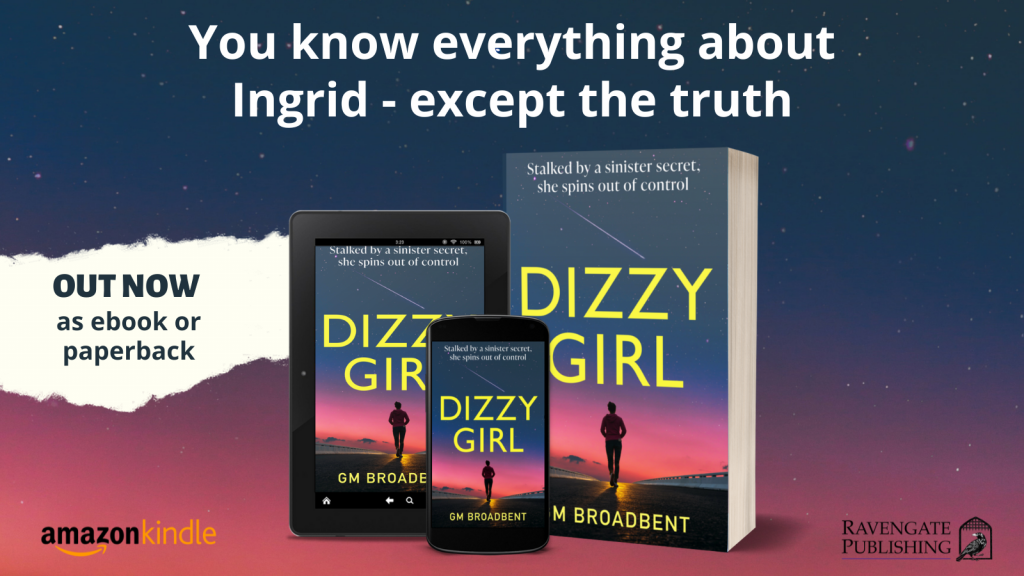Secondary characters can be funny, dangerous, enigmatic or romantic – but be careful because write them too well and they can also steal the show.
Let’s hear it for secondary characters. As a writer, it’s a time to take your foot off the gas. The secondary characters don’t need to carry the story and they don’t need heroic qualities.
So go mad.
As a reader, you might find yourself rooting for a secondary character, waiting on their arrival to lighten up a po-faced narrative or simply to cause mischief.
A well-rounded secondary character (a friend, a clown, a catalyst, a baddie) should be as well-developed, three-dimensional individual as the heroes – with unique traits, motivations, and conflicts.
They’re essential for creating engaging stories, as they bring depth and realism to the narrative.
What’s the purpose of secondary characters?
Secondary characters serve several purposes in a story:
Conflict: Secondary characters can introduce new conflicts, challenges, and obstacles for the protagonist to overcome. They can also serve as antagonists, helping to create tension and suspense.
Character development: Secondary characters can reveal new aspects of the protagonist’s personality and help them grow as a person. For example, a secondary character may challenge the protagonist’s beliefs or force them to re-evaluate their values.
- 7 ways the West Wing finale got it completely wrong
- Master the art of storytelling with these 5 simple Cs
Diversity: Secondary characters can add diversity to the story and help to flesh out the world-building. They can bring new perspectives, cultural backgrounds, and experiences to the narrative.
Comic relief: Secondary characters can provide humour and levity to the story, helping to balance out any darker elements.
Foreshadowing: Secondary characters can be used to foreshadow events in the story, such as by providing hints or clues about what is to come.
Supporting the plot: Secondary characters can also serve to support and advance the plot, by helping to move the story along and bring new developments. They can also help to flesh out the world, adding depth and texture to the story.
How should you write secondary characters?
Here are some tips for crafting rounded characters in your own writing.
Give them a rich inner life. A rounded character should have a complex inner world, complete with desires, fears, and motivations that drive their actions. This inner life should be revealed gradually throughout the story, so the reader can gradually get to know the character better.
Provide them with a unique backstory. Every character in a story should have a backstory that explains who they are and why they behave the way they do. Consider the events and experiences that have shaped the character’s personality and worldview.
Give them realistic flaws and contradictions. No character is perfect, and the more flawed and contradictory they are, the more interesting they become. A rounded character may be brave and determined, but also stubborn and impulsive. These traits will make the character feel more human and relatable to readers. With secondary characters, you can exaggerate their qualities because you’re not relying on them with win a reader’s sympathy.
Show, don’t tell. Rather than simply telling the reader about a character’s personality and motivations, it is more effective to show these traits in action. This allows the reader to form their own conclusions about the character, making them feel more invested in the story.
5 popular secondary characters
Now that you know the essentials of crafting rounded characters, let’s take a look at five of the best and most popular secondary characters in literature:
- Professor Severus Snape, an enigmatic wizard from Harry Potter series by JK Rowling
- Samwise Gamgee, Frodo Baggins’ best friend from The Lord of the Rings by JRR Tolkien
- Lennie Small, a huge man with the mind of a child, from Of Mice and Men by John Steinbeck
- Mrs Danvers, the cold housekeeper from Rebecca by Daphne du Maurier.
- Mercutio, the witty friend from Romeo and Juliet by William Shakespeare
These secondary characters are all examples of rounded characters who bring depth and richness to the stories they appear in. Whether they are hero or villain, friend or foe, they each bring unique perspectives and motivations to the tale, making the world they inhabit feel more real and complex.
But can they be too eye-catching?
Yes, there is a danger that a secondary character could become the star of the story. This can happen when the secondary character is particularly interesting, dynamic, or relatable, and the reader becomes more invested in their story than the protagonist’s.
Here are a couple of examples where this has happened:
In the popular animated Pixar movie Toy Story, Woody the cowboy is intended to be the main character, but many fans would argue that the star of the show is actually the wisecracking space ranger, Buzz Lightyear. In fact, he went on to get his own film.
And what about Gollum from The Lord of the Rings by JRR Tolkien. While Frodo is the main character, Gollum’s complex and nuanced portrayal as a tormented, manipulative, and often pitiable creature captured the hearts and imaginations of readers.
Gollum’s role in the story grew in significance as the trilogy progressed, and he became one of the defining characters of the series.
In these examples, the secondary characters became so popular that they ended up almost stealing the show. This is a testament to the power of well-crafted secondary characters and the impact they can have on a story.
And Shakespeare loved a good sidekick
Yes, Sir John Falstaff from William Shakespeare’s Henry IV and The Merry Wives of Windsor is another great example of a secondary character who is more memorable than the main character.
Falstaff is a larger-than-life figure, known for his wit, his cunning, and his love of good food and drink. Despite being a supporting character, Falstaff steals the show with his memorable personality and his humour, making him one of Shakespeare’s most beloved creations.
In both plays, Falstaff serves as a mentor and friend to Prince Hal, the future King Henry V. While Prince Hal is the main character, Falstaff is the one who really captures the audience’s attention, and it’s his antics and his humour that drive much of the action.
Falstaff is an example of a secondary character who is so well-written and so memorable that he has become a cultural icon, inspiring countless adaptations and reinterpretations. This is a testament to the power of well-crafted secondary characters and the impact they can have on a story.
Why are they so memorable?
It’s true that writers often have more freedom to develop secondary characters in ways that are entertaining and memorable.
This is because the main characters are primarily responsible for carrying the story and driving the plot forward, while secondary characters are often used to support and enhance the story.
As a result, secondary characters can be written with more room for creative expression, as the writer doesn’t need to worry about them distracting from the central narrative.
They can be more eccentric, quirky, or humorous than the main characters, and they can often serve as a source of comic relief or a way to add diversity to the story.
Secondary characters can be used to explore themes and ideas that the main characters are not equipped to address. For example, they can bring new perspectives, or they can challenge the main characters in ways that help them grow.
In this sense, writing a secondary character can be seen as a way for the writer to relax and let their imagination run wild, while still contributing to the overall narrative. It’s a way to add depth and variety to the story, and to create memorable characters that people will remember long after they’ve finished the book.
Final thought
Crafting rounded characters is essential for creating engaging stories. By giving characters a rich inner life, unique backstory, realistic flaws and contradictions, and showing rather than telling their personality and motivations, you can create characters that readers will love.
Remember Philip Seymour Hoffman’s Sandy Lyle in 2004 romcom Along Came Polly. If you remember the movie at all, you will remember that character, the stand-out who vastly overshadowed a forgettable film.
Find a good secondary character and you’re playing with dynamite.
Handle with care.


